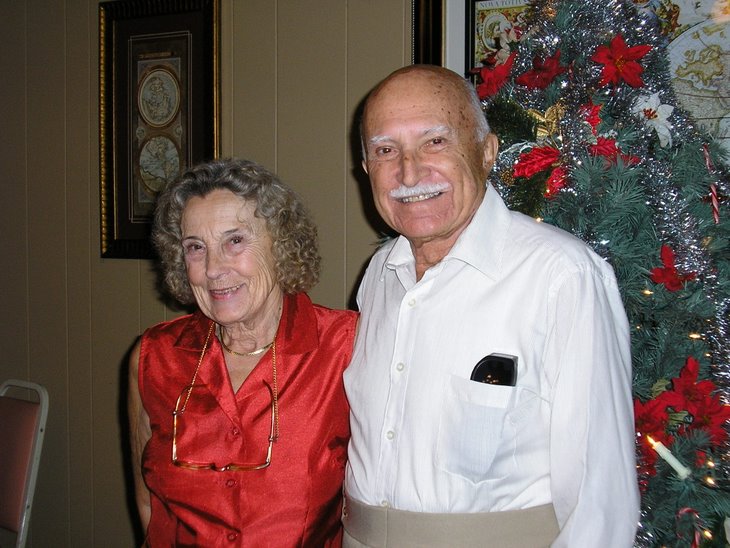Big Blinky Cursor!
For Windows Vista:
Go: Start>Control Panel>Ease of Access Center>Make the Computer Easier to See
Towards the bottom you'll see an option to set the thickness of the blinking cursor. Just set it to the desired width and away you go!
For Windows XP:
Go: Start>Control Panel>Accessibility Options. Choose the Display Tab and then under Cursor Options you can set your width.
Use Laptop Resources Conservatively
All resources require power. However, some resources require more power than others. To get the most out of your battery while on the go, you should ensure resources that use substantial power are not used or are used only when needed. The following list contains some examples:
- CDs and DVDs: Playing CDs and DVDs is an energy sapping action. While on the move, eject CDs/DVDs out of the drive.
- Wi-Fi: Not always do you need a connection to the Internet. Switch Wi-Fi off.
- External Connections: Devices that connect to the laptop, such as an iPod or an external hard drive need power. Unplug external connections.
- Speakers: Using any sound effects, such as when you receive a mail, requires power. Mute your speakers.
- Software Installation: While installing software, the laptop extensively uses three key resources Hard Drive,
General Rule: Don’t use any resources for actions that can wait till you have plugged in the laptop to the mains power supply.
Configure your Laptop for Optimal Power Saving
Windows enables you to control the dimness of the screen and set power consumption settings for optimized performance.
Optimize Power Options
If miserly power consumption is your top priority, ensure the settings in Power Options reflect this. Here’s how:
1)Click Start and then Control Panel.
2)Double-click Power Options.
3)Set the Power Schemes to Laptop
4)Click Advanced.
5)Select the appropriate option from the Power Buttons section.
6)Click OK to save changes.
You’ve set the power options for your laptop. Though this does help in maximizing the life of your battery, it does not help reduce the load taken by the most power-intensive component - the laptop screen. You obviously can’t do without the screen so switching it off while working is not an option.
You can, however, reduce the power consumption by setting the dimness to a lower level. By using the default Power Options that comes with Windows (which we’ve just shown you), it is not possible to set the dimness of the screen. To set the dimness, you need download Power Management software. Most laptops nowadays come with one pre-installed. The Power Management software provides more power management options and also changes the look and feel of the Power Options dialog box. So, don’t be alarmed.
By following these tips, you should be able to get maximum battery life while you’re on the move.
The Disk Cleanup will help you free up your disk space so that you won't reach the point of having no storage room left at all. This process is very easy to do with Vista, because it allows you to search for the files that are safe to erase and it lets you make the final decision on what goes and what stays. Here's how to use it!
Disabling Errors in Windows XP
1. First, right-click the My Computer icon in the Start menu.
2. Next, select Properties to open up the System Properties window.
3. Now, select the Advanced tab.
The Error Reporting window should now appear.
5. Next, select the item that reads Disable Error Reporting. Although you are choosing to eliminate all error reporting, you will still be notified when critical errors occur as long as you keep the box checked that says “But notify me when critical errors occur” under the item: Disable error reporting.
6. Finally, click OK to exit the window and then click OK again to exit the System Properties window.
Directly to the CAPS
Shift + F3. How often do you use that one?
Remember its little gem? It takes the highlighted text and rotates it between the Title Case of lowercase and UPPERCASE letters.
But, what if you're tired of rotating through the choices and just want to jump straight to UPPERCASE?
. Next time, try Ctrl + Shift + A.
- To change a single word, simply put the cursor in the word and hit Ctrl + Shift + A.
- Changing multiple words can be done too. Highlight all of them before you use Ctrl + Shift + A.

No comments:
Post a Comment